- Books Name
- Class-8 Science Book
- Publication
- PathSet Publications
- Course
- CBSE Class 8
- Subject
- Science
The Constellations
- A constellation is described as a group of stars that form a recognizable shape or pattern.
- Ancient people used constellations as a way to recognize the stars.
- The shape of the constellations generally resembles objects that ancient people used.
- There are not only 5 to 10 stars in a constellation. A constellation comprises several stars but only some of them which are the brightest can be viewed.
- The stars that make up a constellation are found in the same line of sight; however, the distance between these stars is not the same.
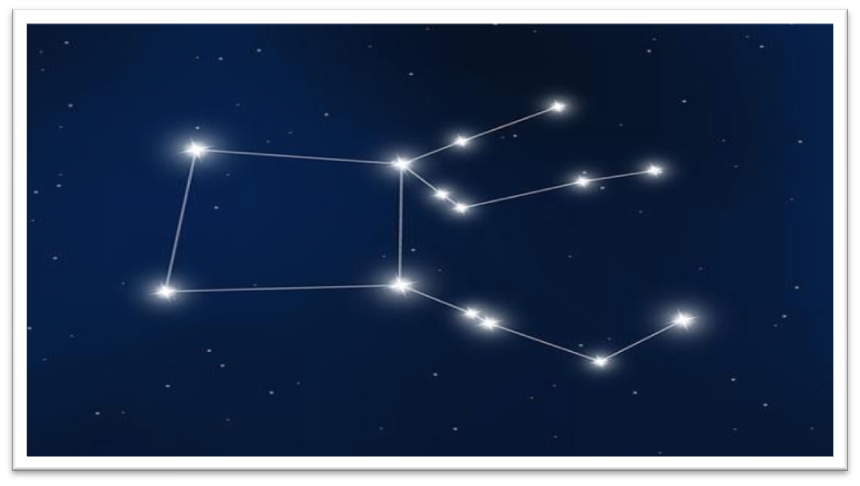
Major Constellations
1. Ursa Major or the Great Bear or Saptarishi or the Big Dipper
- This constellation comprises seven major stars.
- These stars form the shape of a big question mark or a ladle.
- The handle of the ladle is made by joining the 3 stars in a row and the remaining four stars are in the shape of the bowl of the ladle.
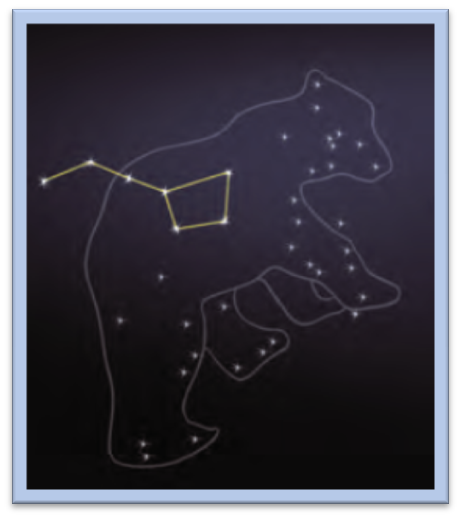
Significance of Saptarishi
The seven stars in the Ursa Major constellation are believed to signify seven saints according to Indian mythology. These seven saints are believed to preserve the knowledge of the Vedas that they propagate to people in every new age.
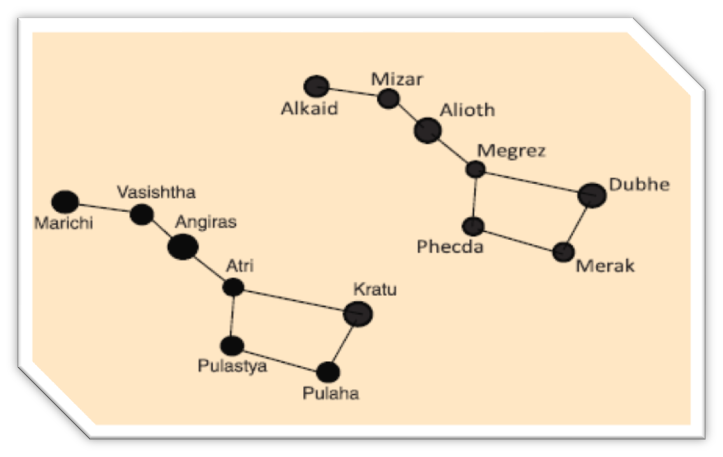
How can we locate Pole star using Ursa Major?
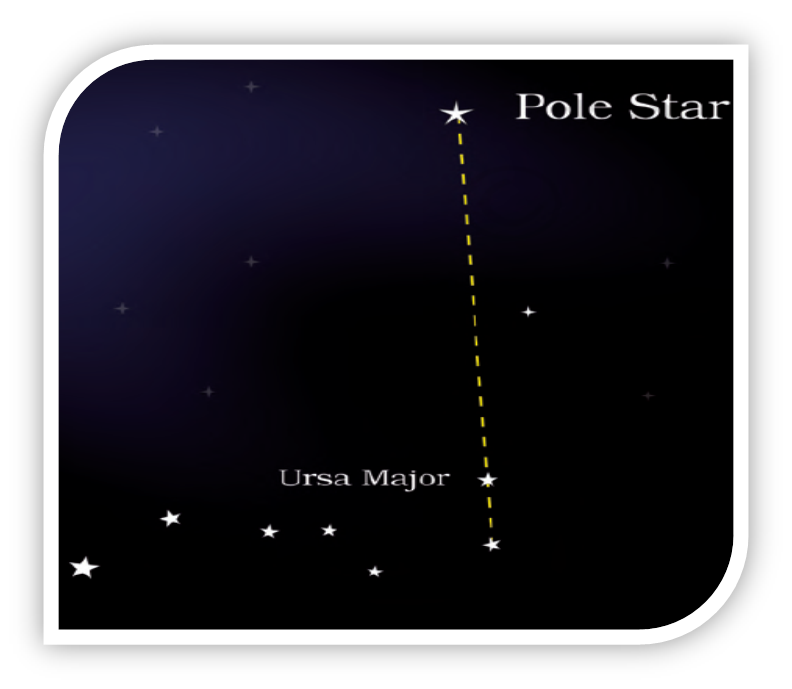
- The Ursa Major constellation includes two stars called Merak and Dubhe.
- If we draw an imaginary line from Merak to Dubhe and extended further in the same direction the first bright star that we would come across is the pole star.
- The pole star is located above the northern hemisphere and hence it cannot be seen through the southern hemisphere.
- Similarly, many constellations of the northern hemisphere can't be located from different points of the southern hemisphere.
2. Orion or the Hunter
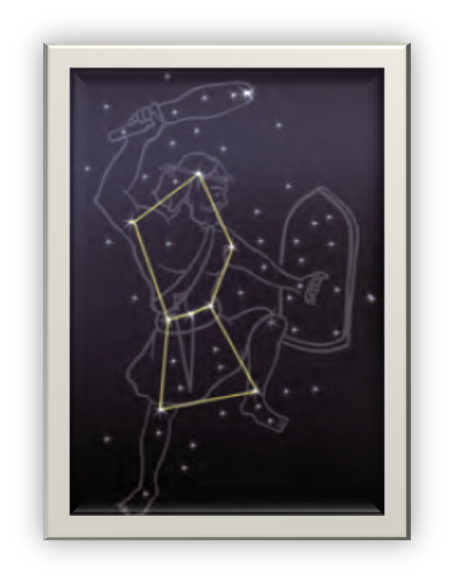
- It is one of the most magnificent constellations of the sky.
- It comprises 7 or 8 bright stars.
- There are three stars in the middle that appear as the belt of a hunter.
- The remaining four stars are arranged in the form of a quadrilateral.
3. Sirius Star
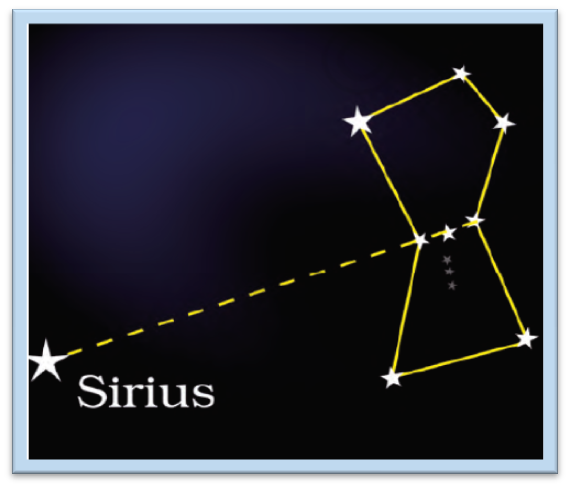
- The Sirius Star is the brightest star in the sky.
- It can be located with the help of the Orion constellation.
- If we draw an imaginary line through the three stars in the middle of the Orion and extended further we will reach the brightest star, Sirius.
4. Cassiopeia
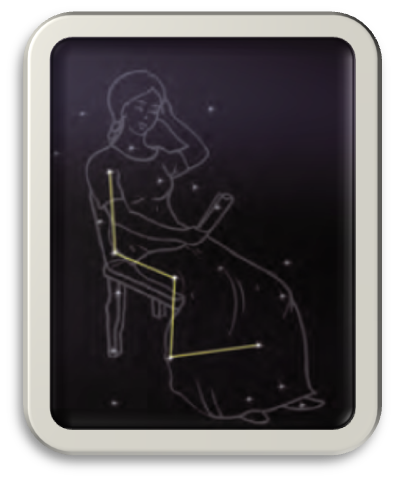
- It is a constellation found in the Northern hemisphere and can be located in the sky during the winter season at the beginning of the night.
- The shape of this constellation resembles a W or a distorted M.
- The name of this constellation was given after queen Cassiopeia in Greek mythology.
4. Leo Major
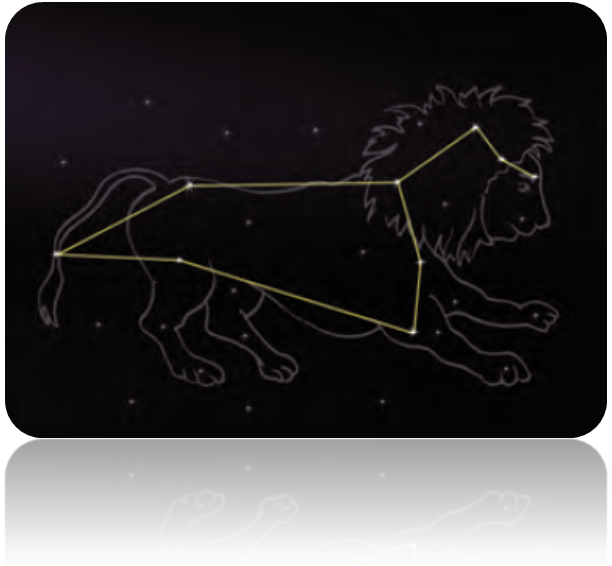
- It consists of several bright stars and that is why it can be easily located in the sky.
- It can be viewed from the Northern hemisphere (January to June) as well as the Southern hemispheres (summer and autumn).
- The Leo appears upside down from the southern hemisphere.
- It is one of the oldest constellations that were recognized almost 6000 years ago.
- This constellation signifies the Adventures of Hercules.

 PathSet Publications
PathSet Publications
